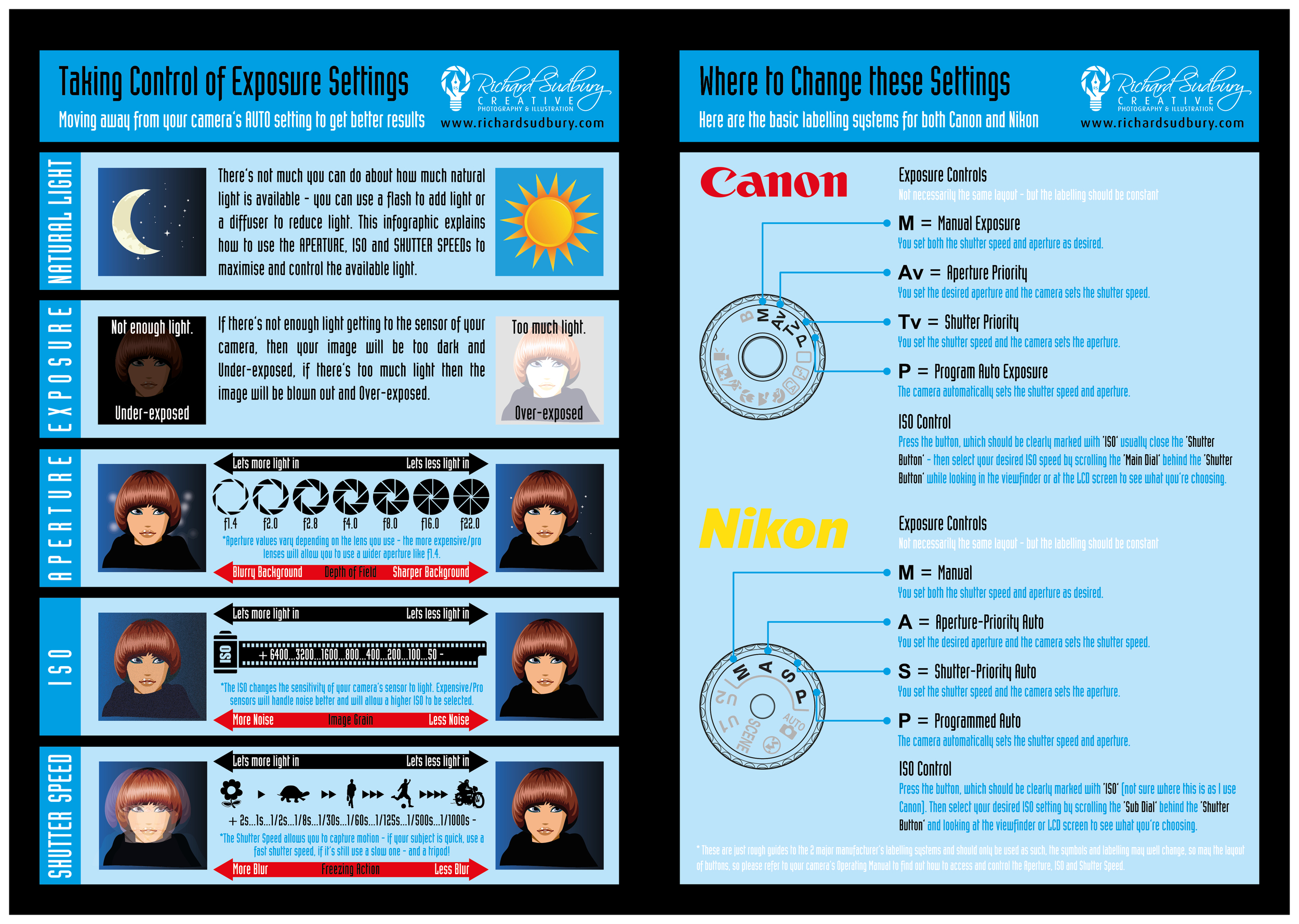What Every Photographer Should Find Out About Illumination
What Every Photographer Should Find Out About Illumination
Blog Article
Created By-Beck Olsson
As a photographer, you recognize that lights can make or damage your photos. Comprehending the nuances of both all-natural and man-made light is important for capturing the state of mind and clarity you go for in your job. Whether you're going after the perfect gold hour radiance or adjust your artificial arrangements, understanding these aspects can elevate your digital photography significantly. But there are common mistakes that lots of forget, and acknowledging them can change your approach to every shoot. Allow's discover what you could be missing and how it can impact your outcomes.
Comprehending Natural Light
Recognizing natural light is critical for any kind of digital photographer wanting to improve their job. It's the foundation of terrific photography, influencing state of mind, tone, and quality. When you shoot outdoors, pay attention to the moment of day. The golden hour-- shortly after daybreak and before sunset-- uses soft, cozy light that can change ordinary scenes right into stunning photos.
Don't ignore the power of cloudy days. Cloud cover diffuses sunshine, producing a soft, also light that's excellent for portraits and macro digital photography. You'll locate shades appear this sort of lighting without rough shadows.
Placing issues, too. Always consider your subject's orientation to the light source. If https://www.nytimes.com/2019/10/15/technology/personaltech/google-pixel-photography.html 's behind your subject, you might wind up with a shape, which can be significant yet mightn't be what you want. Conversely, direct sunshine can produce uncomplimentary darkness.
Trying out angles; sometimes, changing your perspective can generate incredible results. Use all-natural reflectors, like water or sand, to jump light onto your subject, including dimension.
Learning Artificial Light
Understanding fabricated light is crucial for professional photographers who intend to take their skills to the following level. Whether you're using speedlights, studio strobes, or constant lights, recognizing just how to adjust these sources can drastically improve your pictures.
Beginning by familiarizing yourself with the basics of light quality, instructions, and shade temperature level. Experiment with different modifiers like softboxes, umbrellas, or grids to manage the soft qualities or cruelty of the light.
You'll locate that soft light often develops flattering results, while harsher light can add dramatization and deepness. Do not avoid darkness; they can improve the three-dimensionality of your topics.
Pay attention to the placement of your lights. A light located too near your subject can develop unflattering results, while as well away can cause a lack of detail. Make use of a light meter or your video camera's pie chart to ensure you're revealing correctly.
Lastly, keep in mind that synthetic light can be combined with ambient light for imaginative impacts. Stabilizing these resources could take technique, but once you understand it, your digital photography will truly shine.
Strategies for Various Circumstances
When you enter different capturing circumstances, adapting your lights strategies is essential for capturing the very best photos. For outdoor pictures, make use of the golden hour-- early morning or late afternoon light-- to soften darkness and enhance skin tones.
If it's a rough midday sunlight, take into consideration utilizing a reflector to bounce light back onto your subject or look for shaded areas for an extra even exposure.
In http://ted4arlen.xtgem.com/__xt_blog/__xtblog_entry/__xtblog_entry/37562393-crucial-digital-photography-equipment-what-you-actually-need-to-start?__xtblog_block_id=1#xt_blog -light situations, like interior occasions, raise your ISO and use a broad aperture to let in more light. A tripod can aid remove cam shake, allowing for longer direct exposures without blurring.
If you're shooting at evening, try out off-camera flash to create dynamic lighting and depth in your pictures.
For item photography, make use of diffused illumination to stay clear of severe reflections. visit the next website page or light tents can assist accomplish this effect.
When photographing landscapes, take into consideration the direction of light and time of day, as it can considerably alter the state of mind of your shot.
Constantly be ready to change your setups and positioning based upon the situation, as adaptability is key to grasping lighting in photography.
Final thought
To conclude, understanding lights is essential to raising your digital photography skills. Accept natural light's elegance during golden hour, and do not avoid experimenting with artificial light methods. By adjusting your method to various scenarios, you'll catch stunning photos that resonate with feeling and clarity. Keep in mind, the right illumination can change a normal shot into something amazing, so maintain practicing and improving your understanding of both all-natural and man-made light. Pleased shooting!
